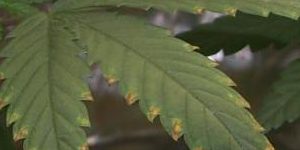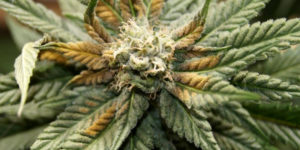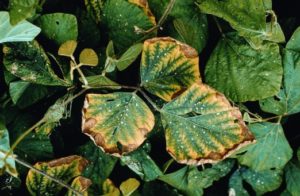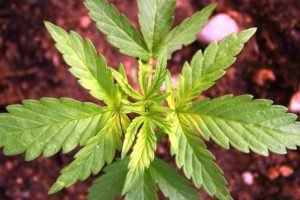6 Micronutrients Needed for Plant Growth and Health
6 Micronutrients Needed for Plant Growth and Health
There are six micro-nutrients that are very important when it comes to plant growth, Zinc, Boron, Manganese, Molybdenum, Copper and Iron. If any of these six go deficient or is out of balance, then quantity will suffer.
Remember the law of minimum…it states that growth and yield of plants are governed by nutrients in least supply. Not by how much NPK we apply. The nutrient in least supply determines the yield. Keeping this in mind, let us take a good look at these six micro- nutrients. All six are a vital part of all enzyme families.
ZINC is a necessary part of certain plant enzymes, called dehydrogenates, which is vital in the metabolic functions of cellular respiration. So a zinc-deficient plant will have limited cell functions, it will not be a normal healthy plant.
What might be the ultimate cause of the zinc deficiency in the soil? There may be plenty of zinc in the mineral material make up of the soil, but it may not be available to the plant because of too much K or N. Exchangeable Zn is absorbed thru roots as Zn02 or ZnS04 (this decreases sharply with ammonium N). Zinc availability can be a problem as soil pH increases, in light sandy soils & under cool, wet weather conditions.
Boron (B) Is an acid base anion (-) nutrient that doesn’t like excessive levels of nitrogen and potassium. Why is boron important? Calcium cannot perform its vital job of stabilizing the metabolism process without boron.
Boron aids the plant’s resistance against harmful fungi and other diseases. Boron allows sugars to translocate properly in the plant and aids in good sugar levels in lateral and terminal bud areas. What does this mean?? Extra protection against frosts in early spring in orchards, or insect resistance later in the season. On top of that boron aids in regulating cell division, salt absorption, hormone movement, nitrogen assimilation and in the lowering-fruiting procedure.
For boron to be available to a plant, it must be converted into the nutrient anion level (borate), which is done by soil microbes. Nature has specifically made select bacteria that must have boron to survive. So when millions of these bacteria die, we have beautiful soluble boron ready for plant use.
Manganese (MN) is a weaker cation held in the “humus storehouse”, usually in complex with other nutrients High pH combined with very high O.M. can create MN deficiency, or low sulfur can nearly stop MN flow to a plant. Flooding and soil compaction will decrease MN exchangeability. Work your soil wet and you will cut availability of N, P, S, MN and others. Soil microbes produce their own natural chelates in rich humus (organic-acids).
High pH soils above 7.0 can become a problem in Manganese availability. This is why we like to see a pH consisting or 6-10% Hydrogen. This natural acid allows nutrients as MN to flow to the plant.

molybdenum deficiency
MOLYBDENUM (MO) is an anion (-) nutrient and exchangeability increases with higher pH. No response has been seen thru fertilization, except as combined with Natural-Bio chelates. MO is essential in certain enzymes that clean and purge the plant system, closely associates with oxygen (M004).
COPPER (Cu) is a weaker cation (+) held in the “humus storehouse”, and exchangeability to the plant is dependent upon certain biological activity (like the mycorrhizae fungi plants). Zn and Mo are also dependent on soil life. Copper is one of the nutrients that allow enzymes to work at excelled rates (it’s an activator).
Copper also is required for lignin synthesis which is needed for cell wall strength and prevention of wilting. Deficiency symptoms of copper are dieback of stems and twigs, yellowing of leaves, stunted growth and pale green leaves that wither easily.
IRON (Fe) also is a cation, which is needed in very small amounts in a plant, but can be found abundant in the soil. Silt loam soil can have 60,000# of Iron oxide per acre. Iron on a good program creates no problem and intake into the plant is at a slow, natural rate.
Iron deficiency, also called iron chlorosis or lime chlorosis, starts with a yellowing of the leaves in between the dark green veins, giving the leaves a spidery look. Over time, the leaves become whitish and start to die back, eventually resulting in stunting and dying back of the entire plant.
Correct the soil and then rhizosphere bacteria can be produced, which tie up iron and aluminum in chelates to hold them in soil complex, and then the harmful bacteria die off!





